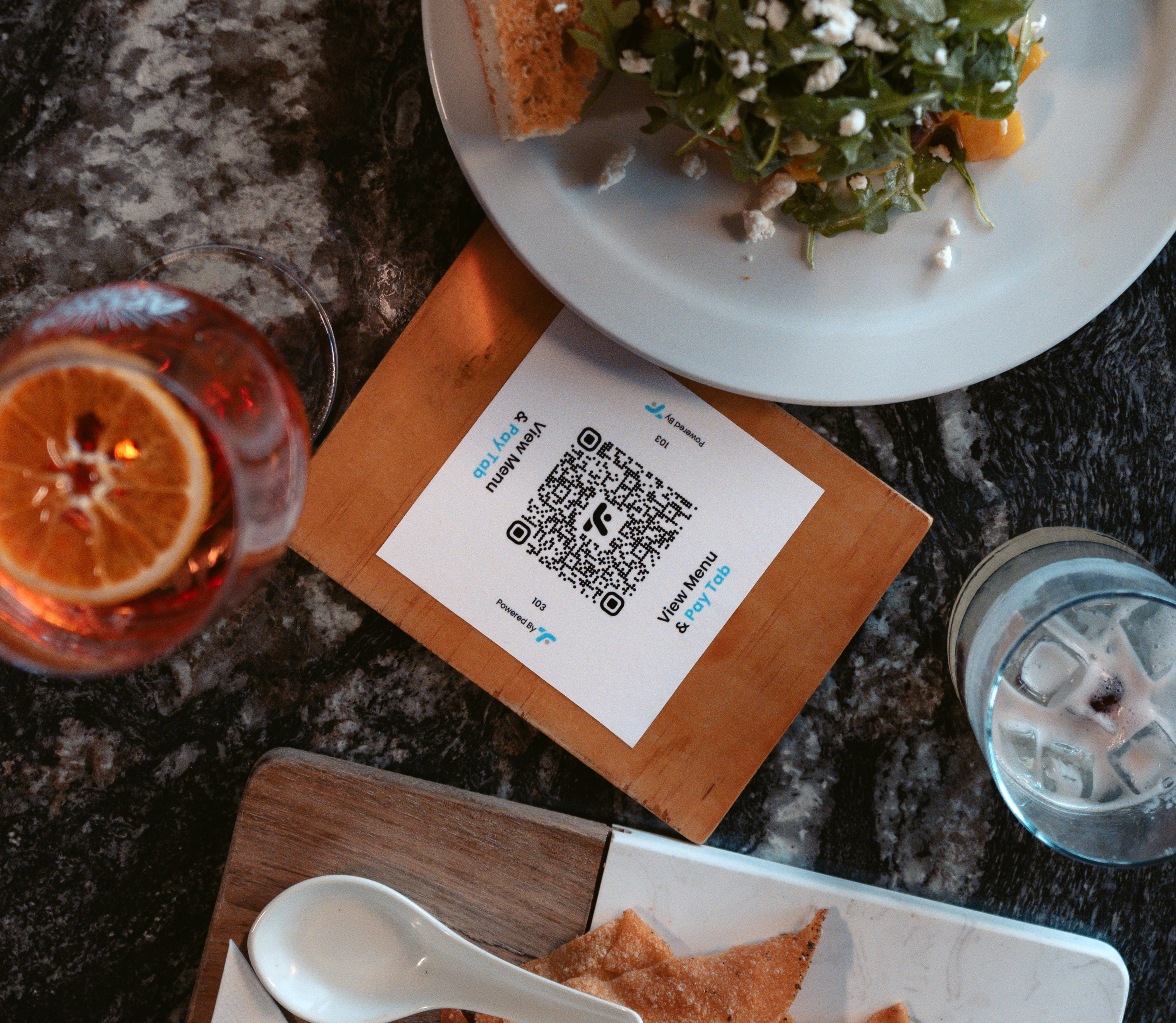Introduction
The restaurant world has undergone many changes over the last few years, borne from the necessity of adapting to COVID-19. While some of the changes proven to be temporary fixes, others have found a permanent place in the new post-COVID dining experience. QR coded menus are one of those adaptations - diners are now opting for the convenience and safety of QR codes in the restaurants of their choice. In this blog post, we’ll explore why customers prefer to view a restaurant’s menu using a QR code instead of paper, and the benefits of QR codes over traditional, paper menus.
1. Cost Saving
One of the primary reasons why restaurant owners should consider using QR code menus is the cost savings. Printing and updating paper menus can be a time-consuming and expensive process, especially for restaurants that change their menu frequently. With QR codes, menus can be updated in real-time, with changes made instantly available to customers. This eliminates the need for restaurants to constantly print and distribute new menus, which can be costly over time.
2. Earn More Money
QR codes can also help restaurants make more money. With digital menus, restaurants can easily add upsell and cross-sell options to their menu items. For example, a restaurant can suggest an additional side dish or drink to complement a customer's meal. These upsell options can help increase the average check size and boost revenue for the restaurant.
Another advantage of QR code menus is their versatility. QR codes can be used for more than just menus. They can be used to promote specials, offer discounts, and provide customers with additional information about the restaurant. For example, a QR code can link to a video showcasing the restaurant's ambiance or a virtual tour of the kitchen. These additional features can help differentiate the restaurant from its competitors and provide customers with a unique and memorable dining experience.
3. Convenience
Another significant advantage of QR code menus is the convenience they offer. Customers are increasingly using their smartphones to browse and order food, making QR codes a natural fit for modern dining experiences. Unlike paper menus, QR codes can be accessed at any time and from anywhere. This is particularly helpful in busy restaurants where paper menus may be in short supply or slow to circulate. QR codes provide a quick and easy way for customers to access the menu without having to wait for a waiter to bring them one.
With QR codes, restaurants can also provide customers with access to additional information about menu items, such as ingredient lists, nutritional information, or recommended wine pairings. This additional information can help customers make informed decisions about their meal choices, which can lead to higher customer satisfaction and loyalty.
4. Post-COVID Safety
QR code menus also offer a contactless ordering experience, which has become particularly important in the wake of the COVID-19 pandemic. Many customers are hesitant to touch shared surfaces, such as paper menus. By scanning a QR code with their smartphone camera, customers can access the menu without having to touch anything besides their own device. This not only provides a sense of safety and security but also promotes good hygiene practices.
5. Environmental Factors
QR code menus are also more environmentally friendly than traditional paper menus. The use of paper menus contributes to deforestation and generates waste. By switching to QR codes, restaurants can significantly reduce their environmental impact. Additionally, by using digital menus, restaurants can reduce their reliance on paper, ink, and other materials, leading to significant cost savings over time.
Conclusion
Customer feedback has shown that QR code menus are preferred over paper menus. Customers appreciate the convenience, safety, and additional information that QR code menus offer. In fact, many customers have come to expect this type of technology as part of their dining experience.
In conclusion, QR code menus offer a range of advantages over traditional paper menus. By using QR codes, restaurants can save money, enhance their customers' experience, and promote sustainable practices. With their convenience, safety, and versatility, QR code menus have become the preferred option for many restaurants and their customers. By adopting QR code menus, restaurants can position themselves as innovative, customer-focused, and environmentally conscious, which can help attract and retain customers in today's increasingly competitive landscape.

